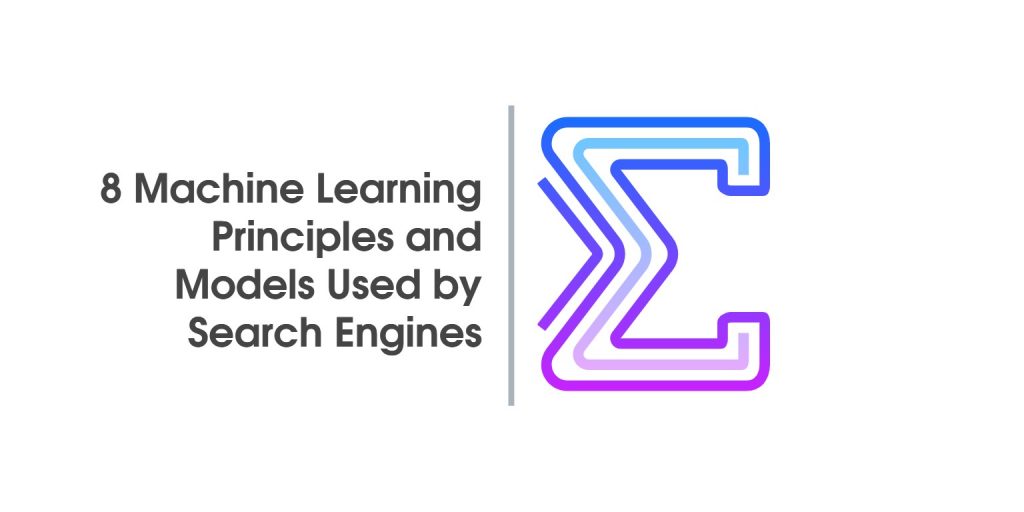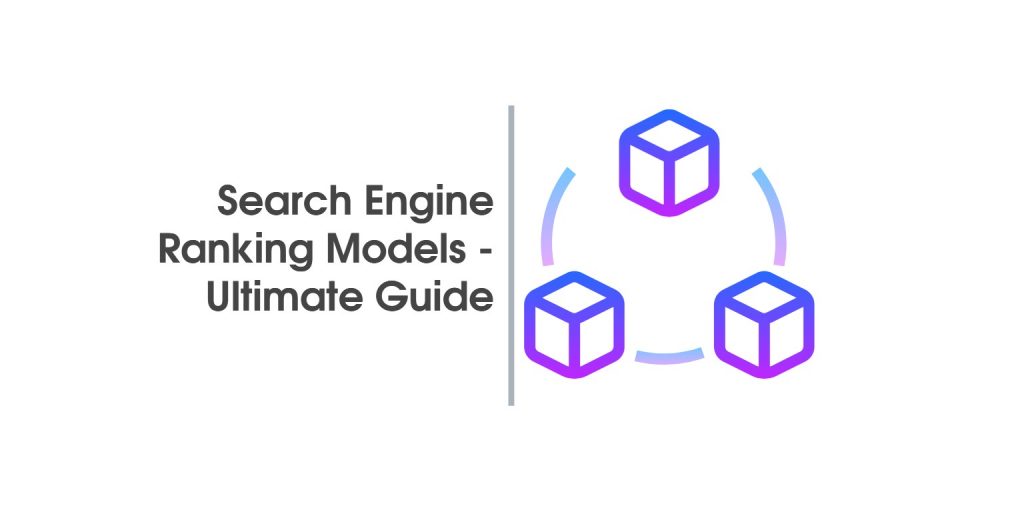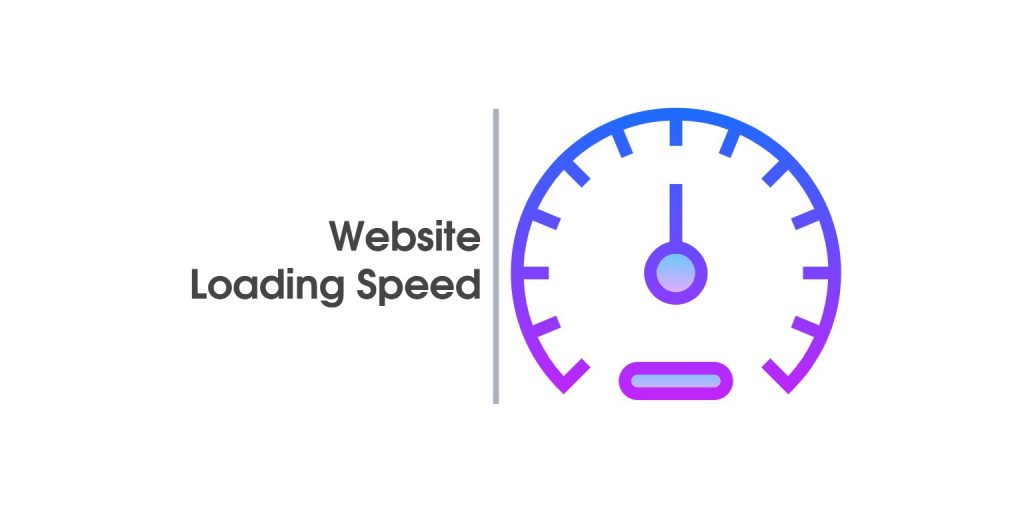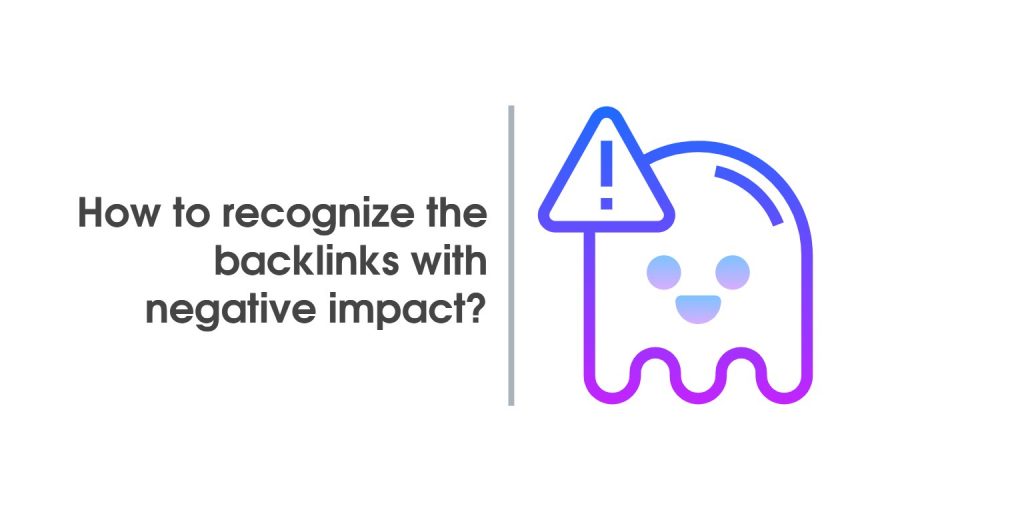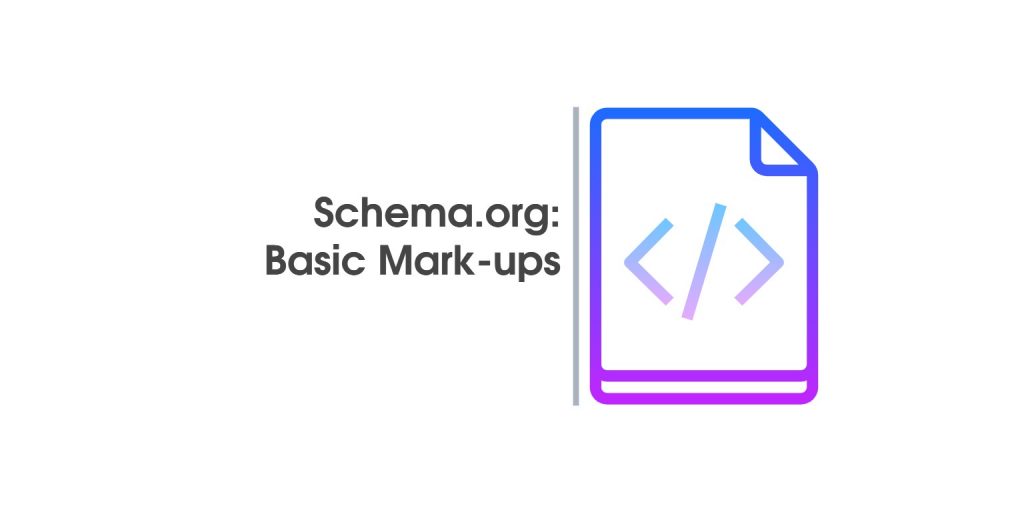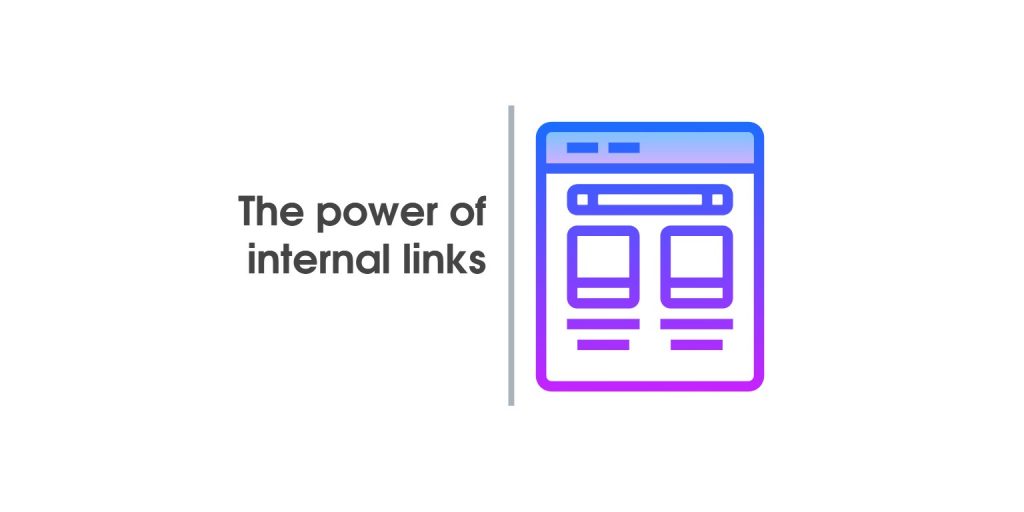160 SEO Terms You Should Know
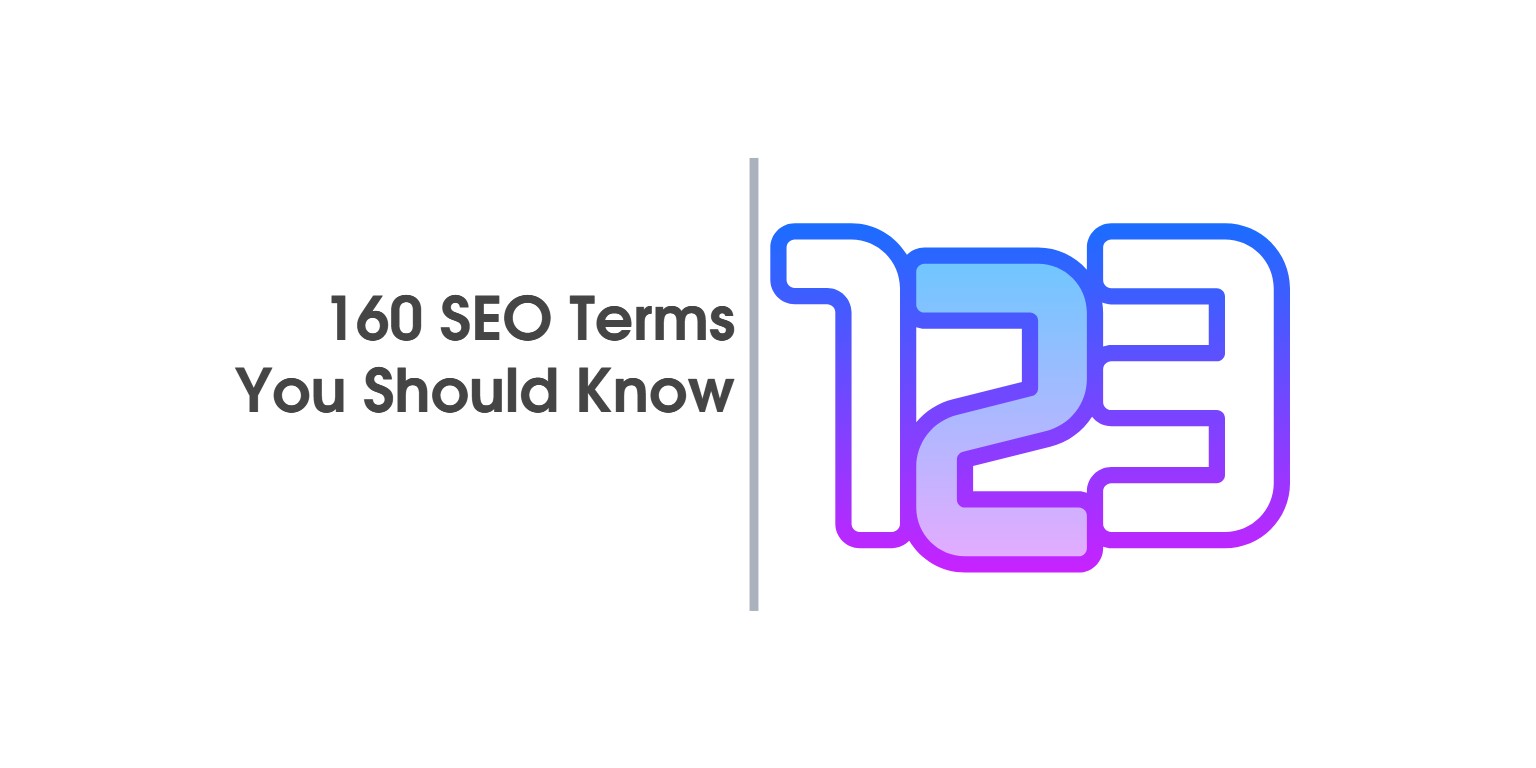
Did you know that if you are doing SEO website optimization you need to get acquainted with a large number of terms in order to have an idea what it means! SEO terms are hundreds, and we will introduce you to the main ones so you can better understand both the process and the essence of SEO.
0-9
1XX
100 Continue: The server received the request header from the client / user.
101: Switching Protocols. The user or author of the request has requested the server to switch protocols.
103 Early Hints: Used to return a header response before HTTP files.
2XX
200 OK: Standard answer for successful HTTP requests. Every page that you want to be indexed and ranked well should have this status.
Types of 3XX redirects
301 Moved Permanently: Permanent redirects that are recommended for using page-to-page redirects.
302 Found: Not the best redirect option, but it is not a fatal practice. These are also the default redirects for most or all servers around the world.
307: Temporary redirect, which is often used by HSTS browsers while maintaining the query type.
308 Permanent Redirect: Available in 2012 and approved in 2014, uses the same application as 301, but we do not recommend using it.
4XX
400 Bad Request: The server could not complete the request due to a wrong client request.
403 Forbidden: The request is correct, but the server is temporarily unresponsive.
404 Not Found: Page not found, which is a normal and recommended status for deleted pages that can be restored over time. It’s nice not to use 404-page templates, but to add information like: a website search engine, main categories, and even promotion products.
410 Gone: This page has been permanently deleted and will not be restored. It is advisable from SEO point of view to make a similar status to pages that you do not want indexed and do not intend to create again.
5XX
500 Internal Server Error: Server error message.
502 Bad Gateway: The server works as a Proxy or the server time has expired for the specified request.
503 Service Unavailable: Server overloaded and unavailable.
504 Gateway Timeout: The server load time has expired.
A-Z
A
ALT Text / Tag or Attribute – Description of photos / images. It is hardly used for users, but for search engines like Google that use the Alt tag as a description of the photo. Alt tags are also useful for users who use the Internet at low speed or poor reach. In such a situation, the images may not be loaded and rendered accordingly, but alt tags are written and give the user information on what will be displayed on the image.
Anchor Text – Text used to link / link to any page or website. It is usually of a different color or thickness than the rest of the text in the content. You can read this full guide to anchor text, where the phrase “anchor text” is exactly what it is.
Ads – GoogleAds (renamed Google AdWords) – Google’s Pay Per Click advertising platform through which you can reach a closely targeted group of users across different channels – text, display, video, remarketing, Gmail .
Adsense Advertisements – Google’s advertising platform through which you can make money. You put a snippet of code on your site and it starts broadcasting ads, and you earn from every click.
Affiliate – Sell / promote a specific product or product on another website for a fee or commission.
Algorithm (algo) is a search engine program that analyzes, calculates values and understands which pages are most relevant as a result for a particular user query.
Analytics – a tool that collects data about user visits to a website, is processed and filtered through a very large number of filtering options in them. The most popular is Google Analytics.
Authority – The authority of a site to search engines like Google. A few years ago Google had an algorithm called PageRank, but it is no longer used. However, there is a claim that there is still a similar index of trust that is not publicly measured but exists. Influence is indicated by quotes to a brand.
AMP – an open source library designed to make the website easier and easier to load. This is due to the low speed of mobile internet worldwide and the need to load websites faster through a smartphone.
B
B2B – Business to Business Service.
B2C – Business to End-User Business.
Back link (inlink, incoming link) – A hyperlink or so. link from one page to another page.
Black hat – Forbidden SEO techniques that theoretically have a faster impact on website ranking but are very dangerous and can lead to penalties. Google Webmaster Guidelines Policy.
Blog – Website that serves to create and promote content for a specific person, cause, or campaign. Usually, posts are published regularly that express the opinion, analyzes, informative articles of the blog author. The most popular OpenSource blogging systems are WordPress and BlogSpot.
Bot – Most commonly used by search engines to be able to collect and process data as quickly and automatically as possible. Often, it is also misused by bots that are used for content scamming or spamming purposes.
Bounce rate – This is the bounce rate of a website. This metric is intended to show the percentage of users who log on to a website but do not take any action on its pages and end the session almost immediately.
Bread crumbs – These are the so-called bread crumbs that serve to navigate users on a website. They are usually located in the horizontal navigation menu or in a separate separate bar. Google recognizes Broadcrumbs and renders it differently from the regular URL structure in SERP results.
Bookmark – A link to a specific website saved in your browser so you can use it more easily when you need it. It is also a positive signal to search engines for the usefulness of a website.
C
CTA (Call To Action) – Call to action – Call to action, purchase, subscription or similar reaction, as you read or browse the site. It can be expressed by invitation in the text, by button, illustration, form for recording, reservation and the like.
Canonical issues and Canonical url (duplicate content) canon means official or legitimate version. It is sometimes very difficult to avoid duplicate content. An example way to use canonical – when we have a product category page or news category with a URL: example.com/news/ and sub pages example.com/news/page/2/ and example.com/news/page/ 3 /, which can distribute the weight of the example.com/news/ main page to subpages, and also duplicate content between them. To do this, use a canonical tag, which must be present at example.com/news/, example.com/news/page/2/, example.com/news/page/3/, etc. and see it in the Source code for the site, for example: <link rel = “canonical” href = “https://example.com/news/” />.
CF – Citation Flow is a tool introduced by Majestic to measure the number of citations of a business.
Click fraud – Used primarily to spend GoogleAd budget through artificial ad clicks. Google does detect these artificial clicks to some extent, but it doesn’t always work. It can also be used in SEO through several strategies, the most common being: search Google for a specific keyword, then click on a competitive website and after about 20 seconds, press the Back button on the browser, thus a Bounce Rate is generated as a negative signal to Google. Then again at Google, in the same session, click on your own website and make an artificial stay and walk around the site to improve the Bounce Rate. This has been claimed by RankBrain and thus has a positive effect on its own website and harms its competitor. The technique is also called Pogo-sticking.
Cloak – This is a strategy that shows one user content and quite another on the bot. Of course, this is a prohibited tactic and enters the Black Hat circles.
CMS – Content Management System – These are OpenSource systems or the like. an open source system that any user can easily handle. The most popular is WordPress, and others are PrestaShop, OpenCart, Magento, Drupal.
Comment spam – These are artificial comments in forums or websites that have only one purpose – winning a link / link to a website. Google does not treat these practices well, and sometimes you may get penalized if you use them.
Content – The most important component of an SEO strategy by 2018. Every website should have content and be easily accessible to bots. The structure of the website code also helps to find this content from users and bots. The content should not be copied or translated, but should be of high uniqueness and usefulness.
Contextual advertisement – contextual advertising related to content.
Conversion (goal) – Web site goals that can be measured by Analytics tools like Google Analytics. Usually, conversions are counted: email subscribers, number of inquiries, number of purchases, number of registrations.
Conversion rate – is the percentage of users who convert to a website described in Conversion (goal).
CPC (Cost Per Click) – A type of click-to-pay ad. Most commonly used in Google Ads.
CPM (Cost Per Thousand impressions) – A type of ad that is paid for on the basis of 1000 impressions (ad views) and is optional and does not guarantee user action. Often used in news sites. Relevant ads are for brand campaigns.
Crawler – Also known as a bot, a spider. It is a program that aims to crawl pages of websites and collect data from a website or network.
Conversion Form – A form through which you collect data and information from users who have visited your website, and you can use that data to turn them into customers.
CSS (Cascading Style Sheets) – This is code that is used to style and design certain elements on a website. There is a new version of CSS – CSS3.
D
DA – Domain Authority – Is a tool that measures the authority of a domain that links to another website. It includes many components in itself – domain citations, site credentials that link to your site, brand citations, and more.
DR – Domain Rating – This is a metric used to measure a domain’s rating and use it in link building. It was created by Ahrefs and is similar to the Domain Authority.
Directory – These are sites (directories) that are digital directories that collect business data and collect it in certain categories.
Directory page – Pages that link to other pages.
Doorway (gateway) – Black Hat technique that shows one content of bots and is well ranked against that artificial content, but at the same time shows different content to users, often even redirecting them to other content. It is a practice of Doorway Pages to create identical content for certain areas and for a particular business, so that it raises its quality score.
Duplicate content – Duplicate content is content that is taken from a website and placed on another site. Even if a piece is rewritten, Google will understand the semantics of the content itself and may only rank the original content. A method of preventing content theft (intellectual property) is through the DMCA, and you can also notify Google of duplicate content.
Direct Traffic – Direct traffic is the traffic that a site receives by directly displaying its domain in the browser’s address bar. This traffic is direct, it does not go through “intermediaries” such as search engines, social networks or others. It occurs most when the site is a well-established brand, or as an effect after watching a TV commercial, radio advertisement or printed brochures with the website address.
E
E-commerce site – An ecommerce website.
F
Feed – Content that is provided automatically to users or other websites that are news aggregators. This is the so-called RSS FEED.
FFA (Free For All) are so called. link farms or sites that provide a huge number of links to other websites but are not relevantly linked. Google ignores such farms and often penalizes sites that have links from there.
Frames – Frames that show windows with other content on a particular page. Google doesn’t particularly like them because they can’t always read them. Often, similar Frames are used for Pop-up windows that have Facebook Like buttons and invitations such as: “Like our site”.
However, there are Frames methods that assist in the conversion of a website. For example: When leaving a website, when a user hovers over the header (top) of a website, he pops up a pop-up call: “Get 10% off our products.” This leads to some increase in conversions and an improvement in Bounce Rate.
Gateway page (Doorway page) – A page similar to Doorway Page that displays different user and search engine content to manipulate results. There is a theory that claims that this increases the visibility of the website.
Gadget / Gizmo (Gadget, widget) – Small features / applications in pages that can be used as the number of reads per article. Used for Link Bait (check section L).
Google Bomb – These are the joint efforts of several SEOs or webmasters who artificially rank a particular humorous word on a given result temporarily. As you can see in the example from a few years ago, the word “failure” is ranked first by the official website of the Council of Ministers of the Republic of Bulgaria.
Google Bowling – Attempting to harm a child’s website – by creating bad links to it and irrelevant anchor text. The purpose is to lower the current rank of the website, but it is not certain if this method works.
Google dance – A change in Google’s algorithm, which causes serious concern in SEO environments. These are the so-called Google updates, the better known being Panda, Penguin, Fred, Maccabbee and Hummingbird. Google is currently making changes to its algorithm in real time.
Google juice – Google juice measures outbound links from one site to another. For example, if we have 10 outbound links based on 5000 words of content on this page, this does not have a negative impact as long as they are relevant, but if we have the same number of outbound links on a 500 word content page, this is already a clear leak of juice on the website. The same applies to the weighting of PageRank on the website’s internal links.
Googlebot – Google spiders / a program that crawls the pages of a website.
GYM Google – Yahoo – Microsoft – The three big search engines, but to date there are also Yandex for Russia and BaiDu for China, which are also very usable.
H
Hit – An outdated method of measuring traffic to a website. Impressions, etc. are already in use. А.К.А. impressions.
Hub – A high quality page with useful and authoritative content that is linked to similar authoritative pages.
HTML (Hyper Text Markup Language) – These are the so-called. directives or a markup programming language that is primarily used for webpage formatting, and it is extremely important for Google to use it extremely accurately. There’s also a new version of HTML now called HTML 5.
I
Impression (page view) – This is an event where one user views a page once.
Inbound link – Inbound links / links from related authority and trust pages.
Index Noun – This is the search engine database used by search engines.
Index Verb – Add a page / website for indexing.
Indexed Pages – Pages on a specific website that are indexed in SERP (Google result pages).
Inlink (incoming link, inbound link) – Inbound links.
K
Keyword – key phrase – This is a keyword or words, word combination or phrase that a user types / searches on Google to find something.
Keyword cannibalization – Create multiple pages for the keyword you want to rank. This makes it difficult for Google to rank your page on a particular keyword.
Keyword density – Percentage of the use of keywords on a page to increase ranking. Keyword saturation is an old method that is used for Black Hat tactics.
Keyword research – Study the right keywords for a specific target group or target. It is right to gather more keywords into separate semantic kernels and group and allocate them to different pages so that it is clear which page on which semantic kernel of keywords should be ranked.
Keyword spam and keyword stuffing – Inappropriate and high keyword density on a page, again a method in Black Hat environments.
Keyword “difficulty” – Keyword difficulty. The more general a word is, the more it is demanded by consumers and is more attractive to the business, but the competition for it is very high. It measures from 0 to 100 / 100. For example, the word “fitness” has a difficulty of 92.68 / 100, which is very high.
L
Landing page – A landing page that aims to qualify you for Google results.
Latent semantic indexing (LSI) – This is so-called. Latent Semantic Indexing – LSI. LSI itself is a mathematical model that aims to identify and “understand” the links between keywords, concepts and concepts.
Link – A hyperlink / link or element in a clicked page is transferred to another page.
Link bait – Black Hat environments often use this method, which aims to attract a large number of links, and this is done through social networks.
Link building – Creating links / links to a website.
Linkerati – A type of Link Bait that aims to create mass links or entire link campaigns for a website, through bloggers, programs, link farms, social alerts or content generators.
Link exchange – The method by which site “A” submits a link / link to site “B” and site “B” in turn provides a link / link to site “A”. There are also more complex combinations such as: site “A” submits a link / link to site “B”, and site “B” submits a link / link to site “C”, and it in turn provides a link / link to site “A” “, So there is no direct exchange between them, but only indirect.
Link farm – These are link farms or a group of sites that are linked together.
Link juice – Link juice on a website. Google Juice measures Link Juice, and the meaning is the same as for Google Juice.
Link Partner – Link exchange between two sites, Google usually does not have much trust in such practices, but there are exceptions.
Link popularity – A type of tool or unit to measure the link profile quality of a website that measures the number and quality of links to a website.
Link spam (Comment Spam) – This is a link / link from a comment section of a website that is referred to as Google’s SPAM method of creating links. In rare cases, they can be left if they are natural from real profiles with history and are fully 100% relevant.
Link text (Anchor text) – This is synonymous with Anchor text, or it is a link word that sends us to another page when clicked by a user.
Long tail – These are phrases or phrases longer than 3 keywords. For example, if someone searches on Google for the word “design”, they may be shown results such as – “fashion collection designer”, “interior designer”, “web designer”. On the other hand, if someone searches for a “web designer” then the results will be 100% relevant according to a request so submitted to Google by the user.
M
Mashup – Small software programs that are related to other such programs.
META tags – Added to the HTML section of a website’s HEAD, serving as a guide for Google bots and other search engines to indicate how to use specific text or content particles. They are also displayed in SERP results, depending on their type. For example: The title tag is the title of the page, Meta Description is the description under the title in SERP, another example is Meta Keywords, which is no longer used by Google but is still used by quite a few websites, which we think is unnecessary.
Metric – Metrics are standard dimensions that determine analytics data.
MFA (Made For Advertisements) – These are websites that are made when designing for ads, which is not always a bad thing.
Mirror site – Website equivalent (same) to original site.
Monetize – Generate revenue from a website, as an alternative, impression-based ads such as news sites or Google AdSense ads.
Middle Tail – Medium-tailed keywords or phrases that contain 2-3 words in themselves. Since RankBrain has entered, these phrases are the highest search volume and highest conversion rate for a website.
Mobile First Index – A change to Google’s search engine, in which the search engine analyzes, evaluates, and ranks sites based on their content, speed and usage through a mobile device rather than a computer. This is due to the huge boom in the use of smartphones and other mobile devices worldwide. They are already taking the upper hand as a percentage of usage over PCs.
N
Natural search results – Natural and natural results in SERP (Google results), such as not sponsored or paid.
Nofollow – This is an HTML element found in the HEAD of a website that tells bots not to follow a link, link, or website page. Another method of using nofollow is on a link, thus indicating the same. It is believed that in the presence of nofollow, a link to a website has less weight than a link without this attribute, because nofollow does not pass PageRank.
Noindex – This is an HTML element found in the HEAD of a website that tells bots not to crawl and, accordingly, not index a page or website.
Non reciprocal link – This is the opposite of Link exchange. For example, site “A” provides a link to site “B”, but it does not return a link to site “A”, which is fine.
Organic link – Organic links are useful, logical and relevant links to other websites that aim to refer the user to a logical and highly authoritative source.
Outlink – Outbound link / link / hyperlink.
Organic traffic – Organic, or “natural” traffic, is traffic to a website that comes naturally to it through Google search results (SERP). The further the site is in the results, the more traffic it receives.
P
PageRank (PR) – PageRank calculates the number of outbound links with a coefficient between 0 and 1, determined by Google’s algorithm. Calculates the quality of outbound links based on their number and relevance. In addition to weight, in recent years, PageRank is also thought to be calculating the relevance of anchor based on anchor texts, surrounding texts and many other factors.
ATTENTION: The algorithm is extremely fine-tuned to recognize “quality” spam links. And even if you think that with certain links you earn a certain ranking, this may not be the case. The weight of a link is determined by Google, and only a seasoned expert can give you any predictions as to which link carries your ranking weight. The relevance is not always determined by the links, because it also depends on the relevant phrase!
Pay for inclusion PFI – This is a fee paid to a company or freelancer who adds a website to Google, directories or other search engines.
Portal – Portals that are intended to become the user’s homepage in their browser. Similar portals in Bulgaria are dir.bg and start.bg.
PPA (Pay Per Action) – Like PPC (Pay Per Click), it is paid not on a click-through basis, but on a conversion action that may be micro or macro conversion.
PPC (Pay Per Click) – This is the type of advertising that advertisers pay for each click on a user of their ad. Payment is made to Google, Bing, and other advertisers offering this service.
Proprietary method – This is an expression used by some SEO companies or freelancers who claim to rank a website in the top 10.
R
Reciprocal link (link exchange, link partner) – Two websites that exchange links, this is not good practice for Google because their value is not great.
Redirect – This is a method by which you can redirect a page, website or URL to another. Used when migrating a website or changing a domain of a website.
Regional long tail (RLT) – These are terms that contain the name of a city or region that is appropriate for local service websites.
Robots.txt – An extremely important directory on any website that restricts or navigates search engine bots and spiders, where they can crawl, and where they can’t.
ROI (Return On Investment) – A metric that analyzes the return on investment of a website, based on revenue and cost, and by comparison across channels or aggregated across the business. Formula: ROI = (Profit – Marketing Cost) / Marketing Cost * 100%.
S
Sandbox – The theory that there is a period of time during which Google adds new websites to this “box” and does not rank them until the specified period expires.
SCAM – Fraud is a term used to describe any fraudulent activity or scheme on the Internet and not only. There are many types of SCAM practices such as making money, falsifying products, selling counterfeit products to a person who is not aware of the activity.
Scrape – Copied content from a website that is done automatically by bots, robots, spiders.
SE (Search Engine) – Search Engine.
Search engine (SE) – A program that searches based on submitted commands from a specific object, its purpose is to find the most accurate and relevant results for the searcher.
Search engine marketing is the practice of using paid advertisements that appear on search engine results pages (or SERPs). Advertisers pay on keywords that users of services such as Google might enter when looking for products or services, which gives the advertiser the opportunity for their ads to appear alongside results for the search queries. This type of marketing is usually performed by Enterprise SEO agencies.
Search engine spam – It’s called some optimizers, but it’s not always deserved. Their goal is to give search engines less quality or artificial results in SERP.
SEM – Acronym for Search Engine Marketing or the like. search engine marketing to improve the visibility of a website and increase its traffic.
SEO – Search Engine Optimization is literally translate search engine optimization. The goal is to improve your website’s ranking and rank it higher on Google, thereby increasing its traffic, provided that there are searches on a particular word or phrase.
For this purpose, prior to SEO, Keyword Research is required to identify keywords and phrases and to collect and group them into relevant semantic cores, which in turn bind to specific pages on the website.
SERP Search Engine Results Page – Literally stands for Search Results Pages. SERPACT {Search Engine Result Page ACTion}
Site map – A site map that groups certain pages or categories from a website and provides them in one page to the user. This is the so-called. HTML Sitemap, another option is the XML Sitemap, which in turn provides search engines and their bots with the ability to access content on a website more easily and in an organized manner.
SMM (Social Media Marketing) – Marketing through social networks to promote the brand.
SMP (Social Media Poisoning) – A term coined by Rand Fishkin. Techniques aimed at presenting your competitor as a Black Hat practitioner for your website to Google.
Sock puppet – Used to mask certain user profiles or attempt to detect a group of them.
Social bookmark – Social bookmarks where they are public to everyone.
Social media – Viral (contagious) technology that can reach many users relatively quickly and easily, with relevant news – a dating channel, sharing experiences, or doing business. Business social networks are basically Facebook, LinkedIn, Twitter and Google+.
Spam ad page (SpamAd page) – An ad page that is typed or typed by a content generator and has only one purpose – to attract traffic at all costs. Often, this traffic is not targeted and unpleasant for users. Some spammers create hundreds or even thousands of pages for similar purposes.
Spamdexing – These are pages that attempt to manipulate search engine results using banned Black Hat techniques. Google is said to have a similar index for all websites, but this is more theoretical.
Spammer – A person who uses SPAM methods to achieve certain goals.
Spider (bot, crawler) – Specific software of search engines through which they find, collect and collect information on the basis on which they are ranked after additional algorithmic calculations.
Spider trap – A search engine spider trap that aims to generate an endless or repetitive loop.
Splash page – These are good looking pages but no good visibility or no visibility for search engines like Google and Yandex.
Splog – A type of blog generated by machines for the purpose of creating content without any SEO benefit.
Static pages – Static pages without dynamic content. They are very useful from an SEO point of view and Google likes them.
Stickiness – Decrease dropout rate. These are the so-called. changes to a website that are intended to retain the user in the website and improve the overall user experience.
Supplemental index – Supplemental results or supplemental index are pages with very low authority, a popular type of such pages are Tags on a Website. They can lead to punishment if you overdo them or downplay your results if you mistakenly cannibalise keywords and phrases. Usually Google ranks these pages much lower than others in the main index. The presence of a large number of pages in this index is a sign of incorrect information architecture and distribution of internal links on the website.
T
TF – Trust Flow is a Majestic value that measures the reliability of a website against its quality.
Text link – Simple HTML link.
Time on page – Time spent on a specific page by the user before closing it until the user first interacts with it. Through this method, Google tries to understand whether or not this content is useful to users. For example, if we have an “A” page that lasts about 4 minutes on average, that’s fine, but if an average of “B” lasts about 10 seconds on a similar page, it’s a negative signal to Google.
Toolbar pagerank – Is a metric from 0 to 10 that measures the quality of a page, but no longer has this value been updated for several years. It is often confused with PageRank about the internal distribution of links on a website.
Trust rank – This is a metric and algorithm that determines the difference between quality and SPAM pages.
TDL (Top-level domain) – First-level domain, for example: .com
ARPA – top-level domain infrastructure;
gTLD – common top-level domains, for example: .com and .edu, etc .;
grTLD – restricted top-level domain domains;
sTLD – sponsored top-level domains used by private organizations;
ccTLD – top-level domains for country codes, for example: .bg, .us, etc .;
tTLD – First level domain testing.
U
URL Uniform Resource Locator – A.K.A. (abbreviation) web address.
User generated content (UGC) – Content generated by users through blogs, social media and more.
UTM – (Urchin Tracking Module) code, or UTM parameter, is a specific code that can be added to a URL so that it can be measured / read / for the purposes of campaigns and the like in Google Analytics.
Example:
site.com/?utm_source=google&utm_medium=organic&utm_campaign=GMB
W
Walled garden – This is a group of pages that are linked to each other but not to other pages. They can be indexed if they are included in the XML Sitemap of the site, but are generally of poor quality.
Web 2.0 – Characterizes websites that promote user interaction.
White hat – White Hats in SEO are professionals who do not violate Google’s rules and still manage to overcome the competition and achieve better and long-term results for their projects. SEO agency Serpact has been based on this philosophy since its inception!
Widget – Gadgets, small applications in various Open Source platforms, such as WordPress, that allow changes to be made to a website with less effort.
